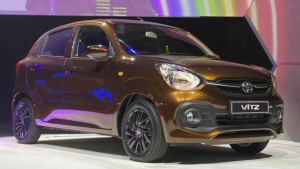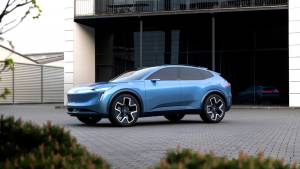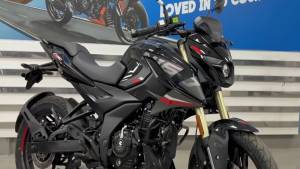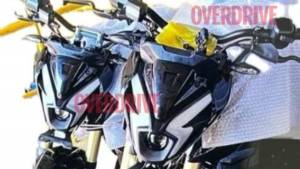2021 Maruti Suzuki Celerio first drive review
There's always a change of guard at the top of the best-sellers list in the country with a new Maruti Suzuki model. The Alto was pipped by the Celerio when it first came out in 2014, and the Celerio lost its spot when the S-Presso and new Wagon R came out in 2019, not to mention the Swift climbing the ranks. And now two years later, there's finally a new Maruti Suzuki to talk about - the second-gen Maruti Suzuki Celerio, here to make up for lost time with its tag of being "India's most fuel-efficient car". It's wider, longer, on a longer wheelbase, with massively more interior space and boot capacity, and a brand new K10C 998cc, 3-cyl petrol engine, one that debuts with the car, now boasting DualJet tech, cooled exhaust gas recirculation and higher compression, all towards meeting that efficiency target. Can the new Maruti Suzuki still land its punches, in a segment that's leaning towards SUVs?
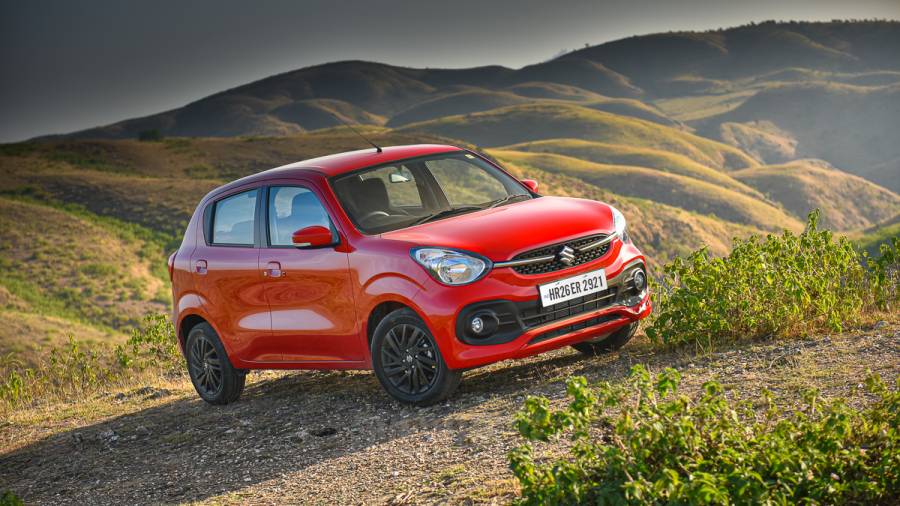
Maruti Suzuki Celerio dimensions and styling
This second-gen Celerio couldn't be further removed from the straight-laced, inconspicuous styling of the first-gen. At 3,695mm long, 1,655mm wide, 1,555mm tall, and on a 2,435mm long wheelbase (+10mm), it's grown in length and width (55mm), though it's actually marginally (5mm) less tall than before. Based on the fifth gen of the Heartect platform, we're told the extra length has been accommodated largely at the rear (balanced via shorter front overhangs), to result in its impressive boot space at 313-litres, massively up from even the previous segment-topper, the Tata Tiago. The increase in width results in noticeably more space in the cabin but we'll get to that.
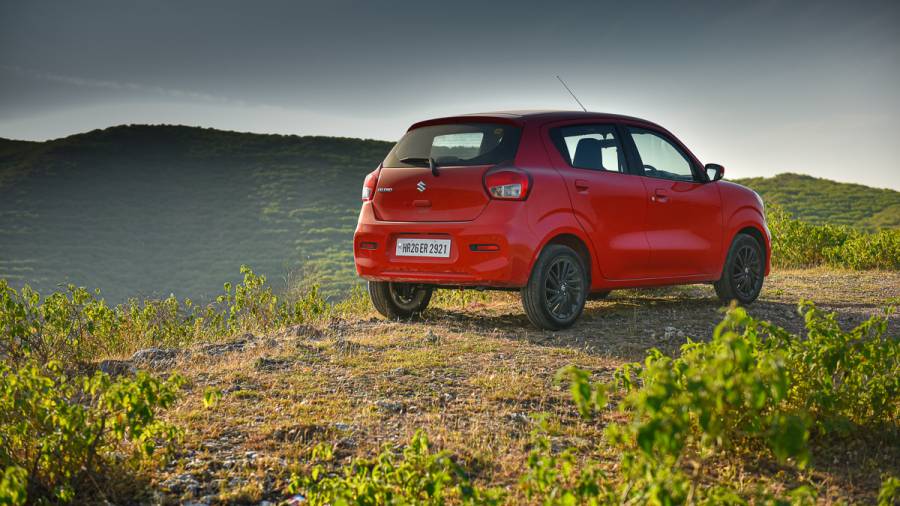
The reason we've shied away from talking styling is that while the Celerio is quirky looking in the way only Japanese cars can pull off (no LED DRLs here), the elements don't feel entirely cohesive, with some links to the Alto, and other Maruti Suzuki models coming together in a clash that, to our eyes, doesn't look entirely pleasing. The cuts above the wheel arches, while adding definition, also feel like they add a little weight on the sides, and that's not entirely a good thing.
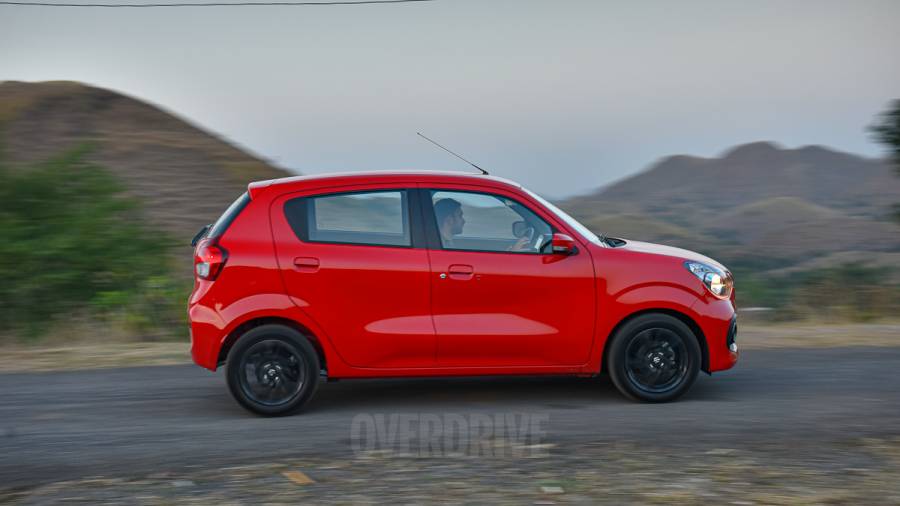
Another example would be the inclusion of the door unlock request buttons stuck on as an afterthought next to the lift-type door handles and on the boot lid. But, hey, it is one of the few in the segment to offer it. Keep in mind, there's also micro-SUVs such as the Tata Punch and the likes of the Nissan Magnite and Renault Kiger to contend with this time around. The new Celerio also moves to 15-inch alloy wheels on the top models, using a design borrowed from the earlier Swift-generation now finished in an attractive gun-metal grey, wearing Yokohama BluEarth rubber sized 175/60.
Maruti Suzuki Celerio interiors and features
Whatever your reservations on the styling are, the interiors are bound to impress, just in the sheer space that's been packaged in. Legroom is said to be 95mm up, shoulder room at the front is up 60mm, while the same metric at the rear is up 20mm. And both from up front and the rear, it feels like a massive step up from the previous Celerio. In fact, overall space is up over even the new Wagon R, thanks to the extra width and legroom. Compared to other hatchbacks, space in the rear for three is also just about adequate given the increase in width. Quality of materials and fit/finish is as one would expect from recent Marutis, which means it's right up there at the top even without the inclusion of soft-touch surfaces, though something like the Tata Punch feels a bit more premium.
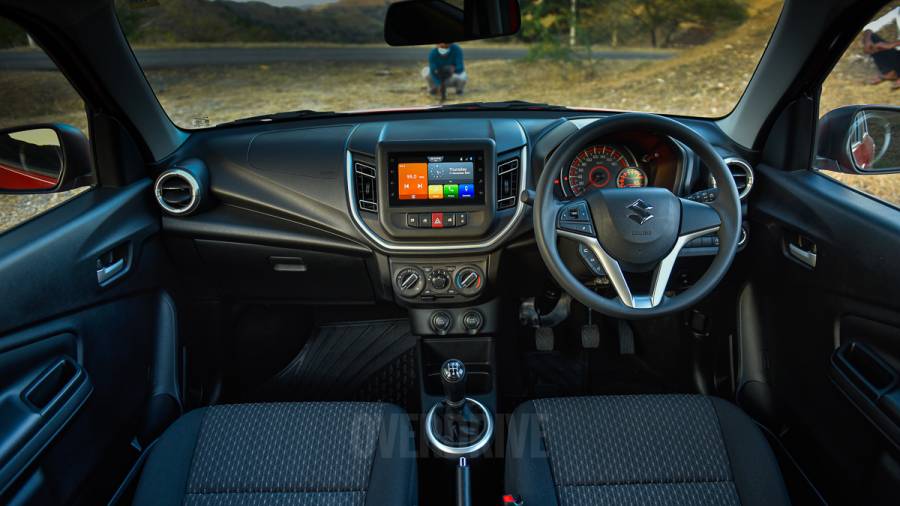
The dash layout is simple enough, with just as many storage spaces as you would expect, though the lack of a central driver's arm rest and storage, and only a single USB charge point do stand out considering what some of the SUVs in the rough price band bring to the table. Some of the instrumentation, like the MID/digital rev counter have been carried over, and it's just about readable enough to be functional. The features list includes 7-inch touchscreen infotainment with smartphone integration and four speakers, powered outer rear view mirrors with fold, keyless entry, and button start/stop to name a few.
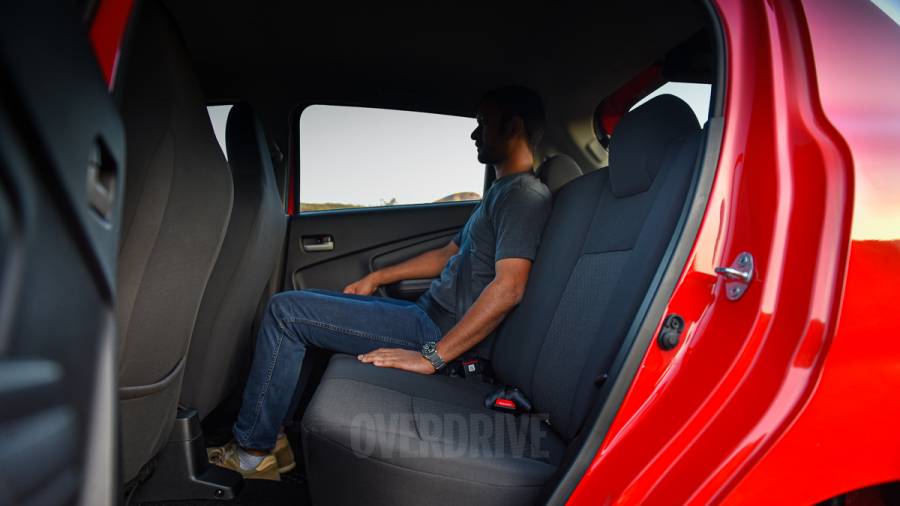
Fixed headrests all around have been specced in the interest of cost, though the safety conscious would be happy to note that two airbags, speed-sensing door locks, and more are complemented by an increase of high-strength steel used in the Celerio's structure, going from roughly 17 per cent in the old car to 40 per cent. A rear view camera would've helped, though reversing sensors are standard.
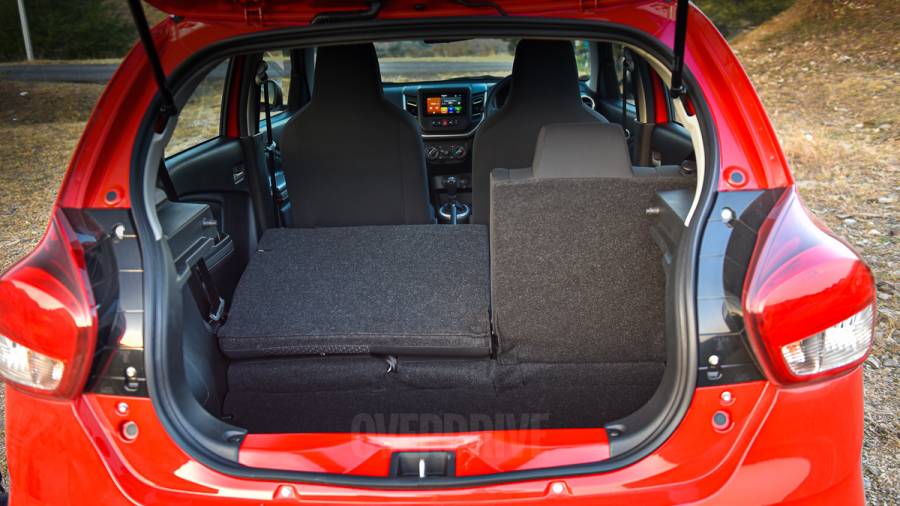
Maruti Suzuki Celerio engine and gearbox
Of the powertrain in the new Celerio, only the 5-speed manual and 5-speed AMT are shared with the Wagon R - the engine is all new. This 998cc, 3-cylinder naturally aspirated K10C might seem like a minor evolution of the earlier Celerio's powertrain, but that's by design. The block, internals etc are said to be completely redesigned, now incorporating some of the modern engineering as on the larger K12 engine like the DualJet twin injector per cylinder tech, higher compression ratio, cooled EGR and in-built exhaust manifold all in the interest of better efficiency. This despite the new engine actually being marginally less powerful than before - at 67PS and 89Nm, it's down one unit each in the power and torque department. But it does seem to have paid off, with the Celerio earning the much vaunted "India's most fuel efficient car" tag.
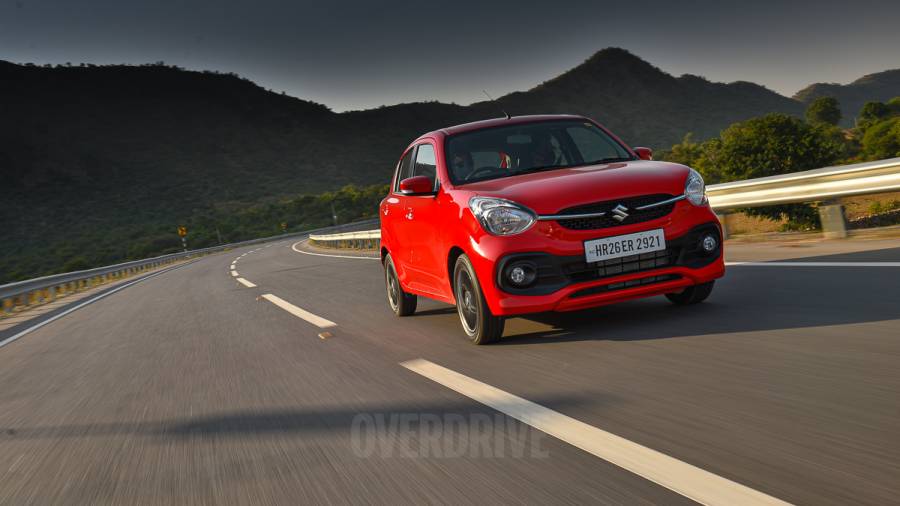
Maruti Suzuki Celerio driving impressions
For a 3-cylinder engine, NVH is actually pretty well controlled at idle and low speeds. Given that the new Celerio is actually marginally lighter than before (by about 10kg), the new car does well with its modest outputs, feeling sprightly and eager to accelerate even though outright performance isn't its strong suit. Importantly, the engine feels like it has some meat to it, even at lower revs, though overtakes will have you crossing over to the other side of 2,500 revs. At highway speeds, and a constant 100kmph, the engine sits at 3,000rpm. The clutch action on the 5-speed manual is light and progressive, the throws between shifts is short, and shifts themselves feel tight and positive. The 5-speed AMT makes the news with the addition of a hill start assist system, that actually worked well on a pretty steep incline, holding the car in place for about five seconds before allowing rollback. The flipside is that hill driving can force the box into confusion, between first and second gear, while there is some head nod in the shift between second and third. However, the overall behaviour of the AMT seems like an improvement over previous iterations thanks to revised tuning, and it doesn't jerk forward in slow traffic as it would in some situations previously.
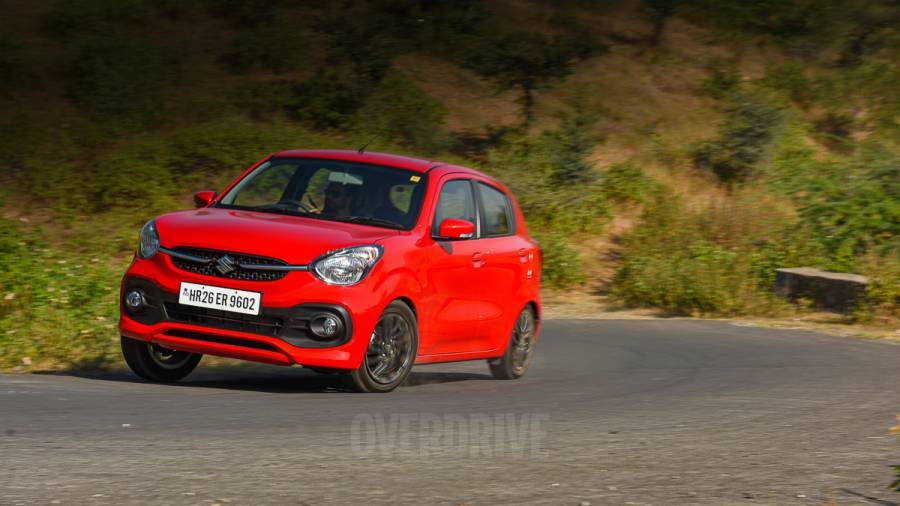
For anyone familiar with the previous Celerio, the biggest change will be the steering - it's no longer hyper alert! Weight's been added in, and with the increase in track width (40mm at the rear, and about half that at the front), stability's increased as well. Holding highway speeds feels like a lot more confident affair now. The ride's also been tweaked, with Maruti finally choosing to soften up the spring rates and dampers for more compliance, resulting in a ride that's more compliant than the typical Maruti small car. In fact, it's creeping up on the ride quality offered on their larger hatchbacks, and that's saying a lot! The downside is that body roll has gone up, though there is a good amount of confidence in what the chassis is saying - we doubt most owners are worried about how their Celerio will corner. The brakes feel more than adequate too, with a good consistent feel from the pedal.
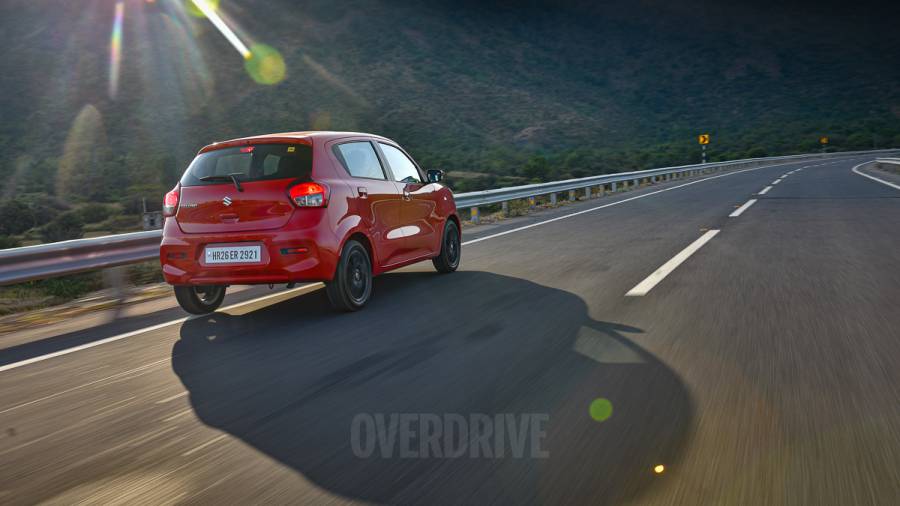
Verdict
Given the price increase over the old car, and the fact that it's more expensive than the Wagon R, the new Celerio needs to bring a lot to the table. And it does. Looks aside, the space on offer is enough to warrant a second look, and the fact that it's comfortable for a small car just adds to the package. For a small city runabout, the hatchback may still have some life in it yet.
Starts Rs 4.99 Lakhs
998cc
Automatic
67
89
26 Kmpl
Starts Rs 5.59 Lakhs
999cc
CVT
72
152
17.7 Kmpl
Starts Rs 5.45 Lakhs
999cc
CVT
72
152
-NA-
Starts Rs 5.49 Lakhs
1199cc
Automatic
86
113
-NA-
Starts Rs 4.6 Lakhs
1199cc
Automatic
-NA-
113
-NA-
Related Stories
Top Stories
Latest Videos
Most Popular
- Budget Sportbike Showdown: Kawasaki Ninja 500 vs Aprilia RS 457 vs Yamaha YZF-R3
- 2014 Triumph Daytona 675 vs 2024 Kawasaki ZX6R - A Decade of Evolution in Supersport Motorcycles
- Mumbai-Pune Expressway speed restrictions updated
- Nissan Magnite EZ-Shift review - is the AMT any good?
- Nitin Gadkari states that tax on Hybrids should be reduced to 12 percent in the coming future


